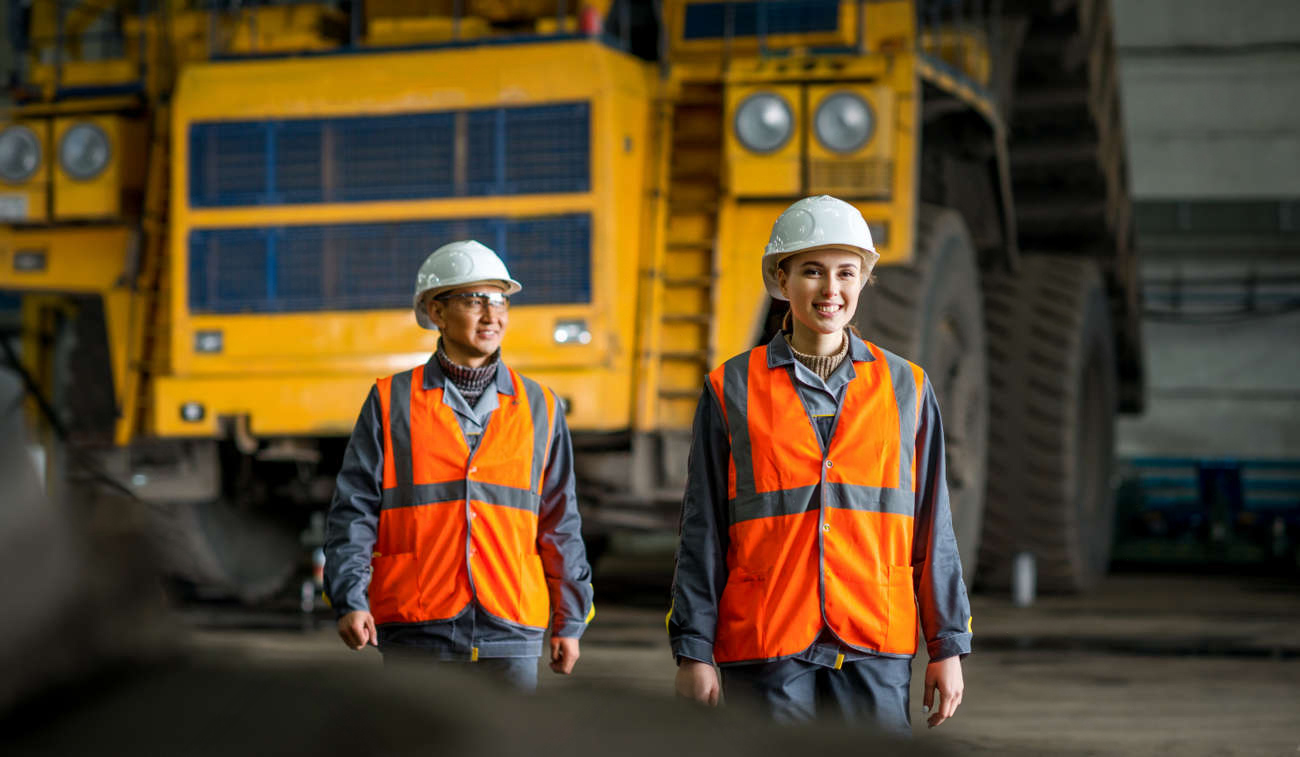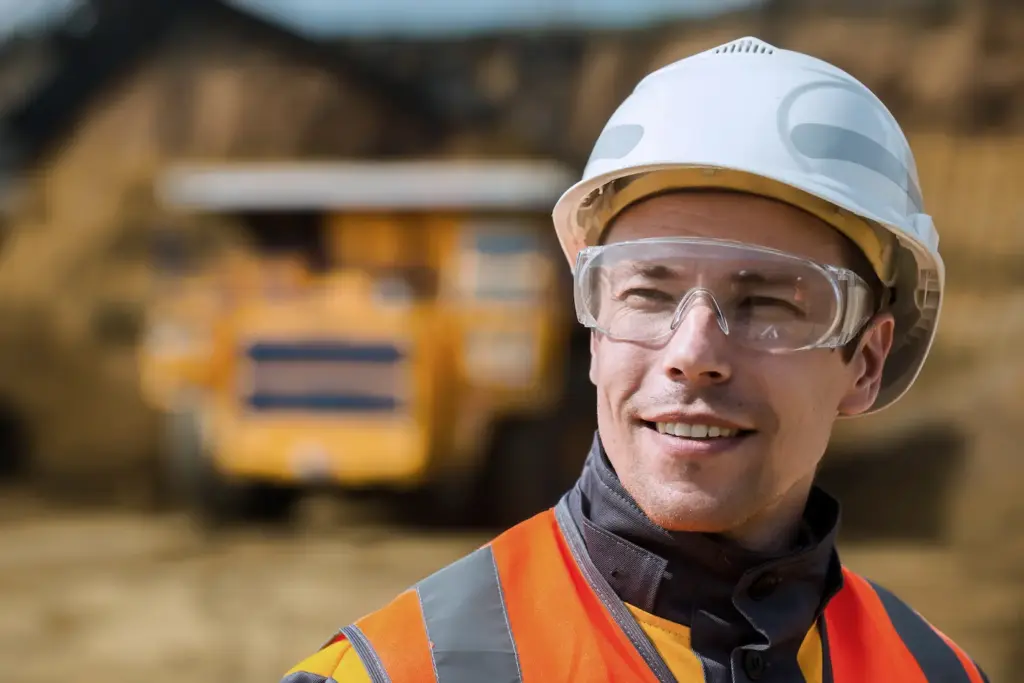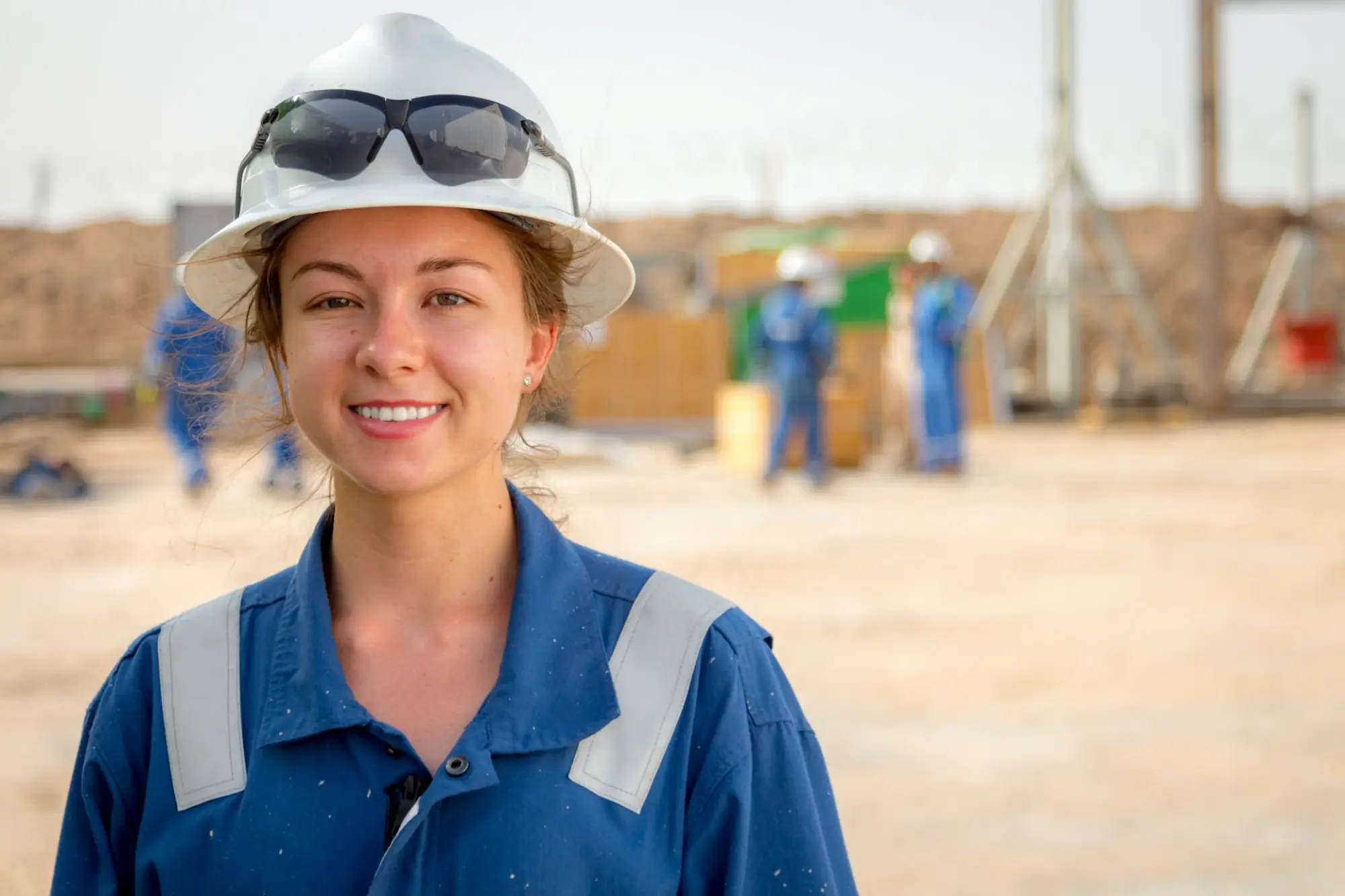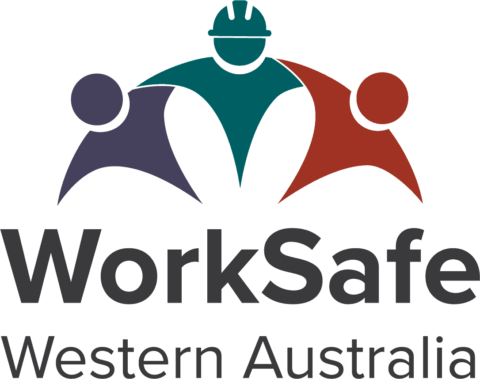Mining
Industry Module
The mining industry offers many opportunities for young workers looking to create a career in the resources sector.
Jobs in mining may involve handling heavy machinery, setting up work platforms and using power tools.
10.2%
Be Aware
of work-related injuries in WA’s mining industry involve young workers.
That's 1 in 10.
Be smart. Be the difference.
Module structure
7 Sections
Each with a quiz, followed by a fun ‘Spot the Hazard’ industry simulation.
Estimated learning time
28 to 33 Minutes
100% pass required, but don’t worry, you get unlimited attempts.

Working in the mining industry can be dangerous
But mining isn't your average workplace. It comes with unique hazards that you might not be familiar with yet.

Statistics
Top incidents causing injuries
These are the top 10 types of incidents causing injuries to young workers in the mining industry, based on a five-year average.
Other danger zones to watch for
Electrical safety
Contact with a chemical or hazardous substance
Fire and explosion hazards
Working in hot conditions
Working alone
Working in confined spaces
Source
WorkCover WA claims data (2019–20 to 2023–24p), analysed by WorkSafe WA, 2025.
Notes
- Calculations are based on a five-year total from 2019-20 to 2023-24p.
- Percentages are based on all incident types; totals may not sum to 100% due to rounding or overlapping categories.
- Injuries are measured by the number of LTI/Ds (lost time injuries/diseases), defined as one or more days/shifts lost.
- The SmartMove mining industry is classified under ANZSIC 2006 – Division B.
Build your safety smarts?
Start SmartMove to learn how to spot hazards, stay safe, and look out for your team, whenever you work in mining.


